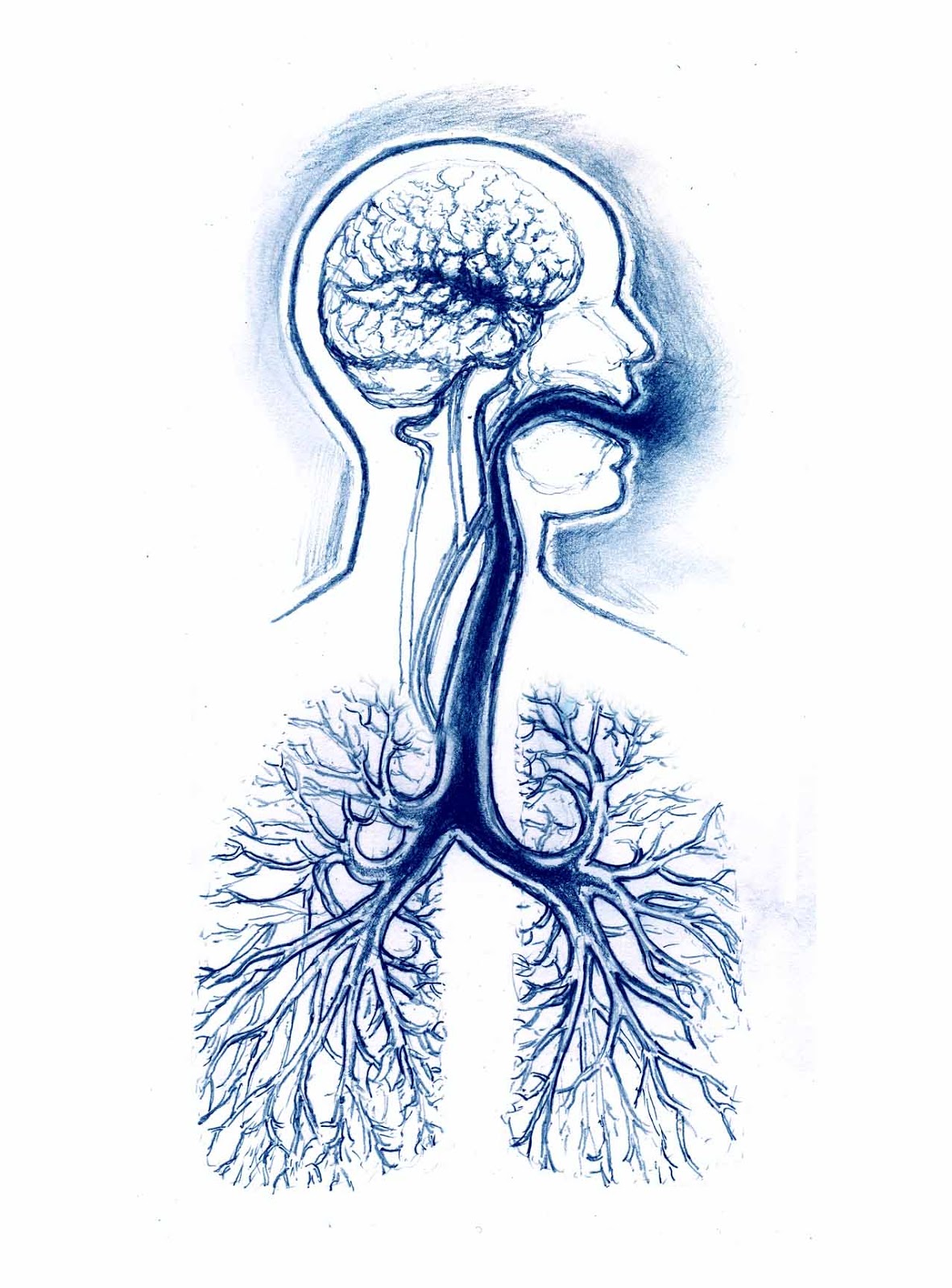
A 65-year-old alcoholic with irregular heartbeats was subjected to a rehabilitation programme. He was subjected to cognitive behaviour therapy and trained on this breathing technique to control his mind.
Have you observed that when you tickle your own armpits you do not feel ticklish. If another person does the tickling, however, you feel ticklish. Why is this? Recently, it has come to light that when you move your bodies, the cerebellum, related to physical movement, suppresses emotions. We also now know that emotions are suppressed even at times when the results of the movement are anticipated.
In this way, when you are aware of your body or move your body, it is not just your sensations but also your emotions which become weak. Put simply, it is difficult for someone to cry while running. When you are extremely sad or in pain, you stand still. Conversely, it is because of this mechanism that anxiety is thought to be alleviated by exercise. In fact, it is the same for breathing.
In “Anapana Sati: Meditation on Breathing” there is a Buddhist meditation technique. The method is: Sit cross-legged or on a chair in a quiet room with no background music. Close your eyes softly or keep them half closed. Then place your left hand with palm facing up on your lap and place your right hand (palm up) on top of your left palm.
Bring your attention to the upper lip or below the nostrils. Observe the breathing in and breathing out in the fixed area of the upper lip. Maintain your attention in this area.
If you are not able to bring attention in the fixed area, you can count one and one while breathing in, two and two while breathing out until ten and ten. Then start again the process. If you are too overwhelmed, take ten deep breaths (conscious breathing) to calm your mind and bring your attention back to the fixed area. Make sure to return to regular breathing after the conscious breathing. Be a neutral observer. Notice the temperature of the breaths, sensations below the nostrils and the rhythm while simply observing them. The Anapana Sati meditation can be done while sitting cross-legged, walking, standing or reclining.
For the beginners, it is advised to start with a sitting meditation. The eyes can be half closed or closed softly. The closing would allow your eyes not to wonder and get easily distracted. The focus is to have a fixed attention on the in-breath and out-breath above the upper lip. This type of breathing is a natural autonomic process and therefore is a tool to develop concentration.
(The writer is founder, SAANS Foundation)

